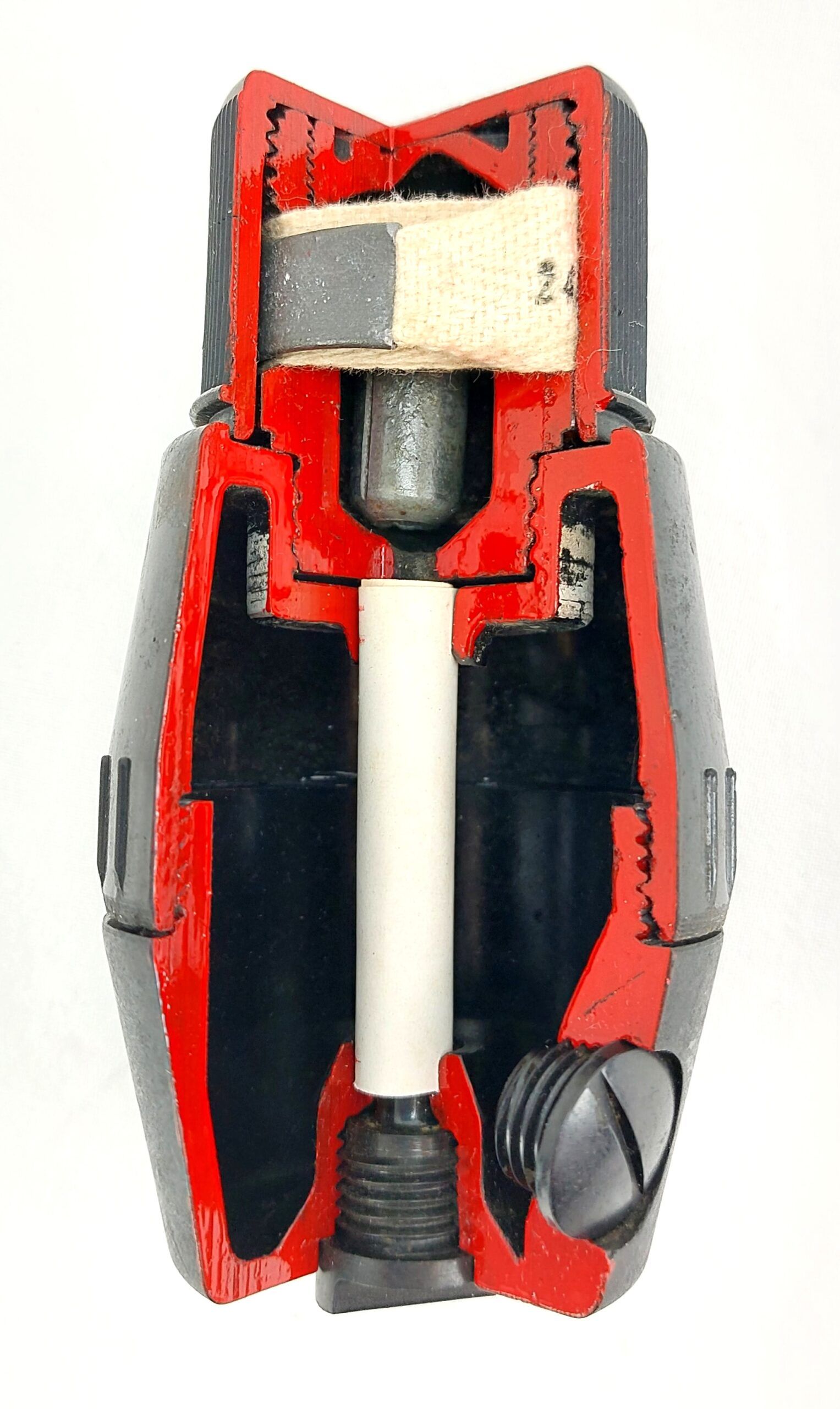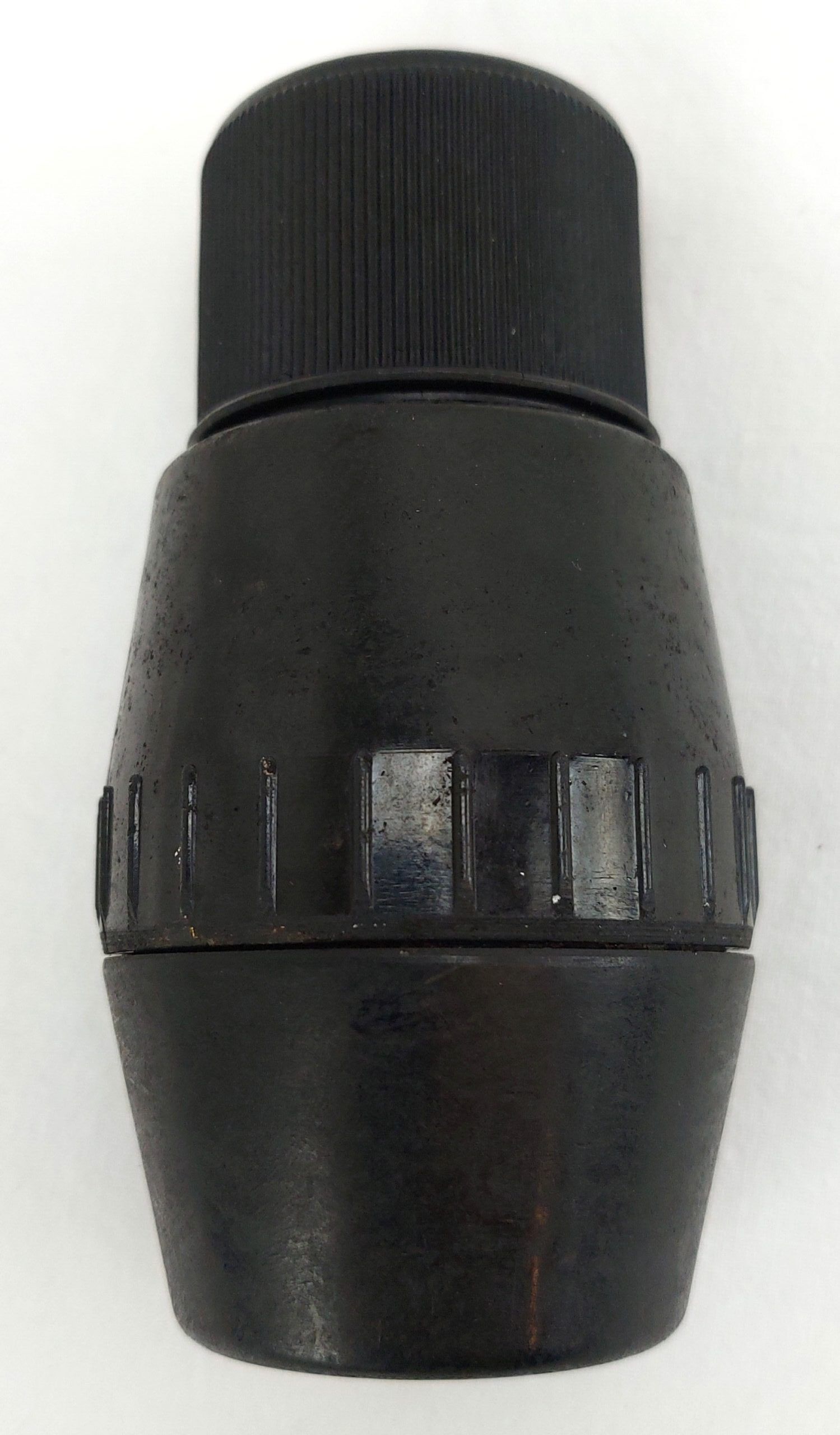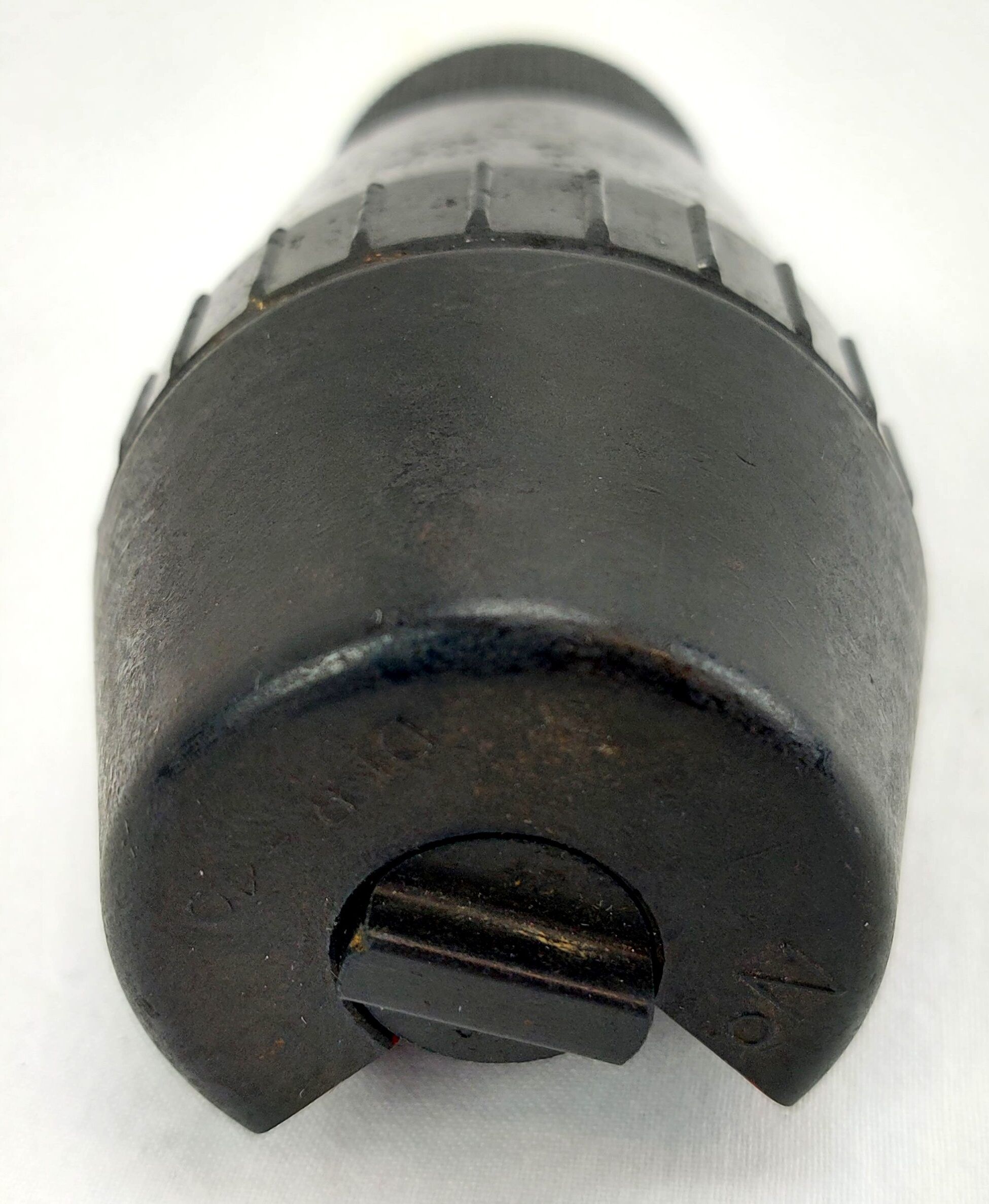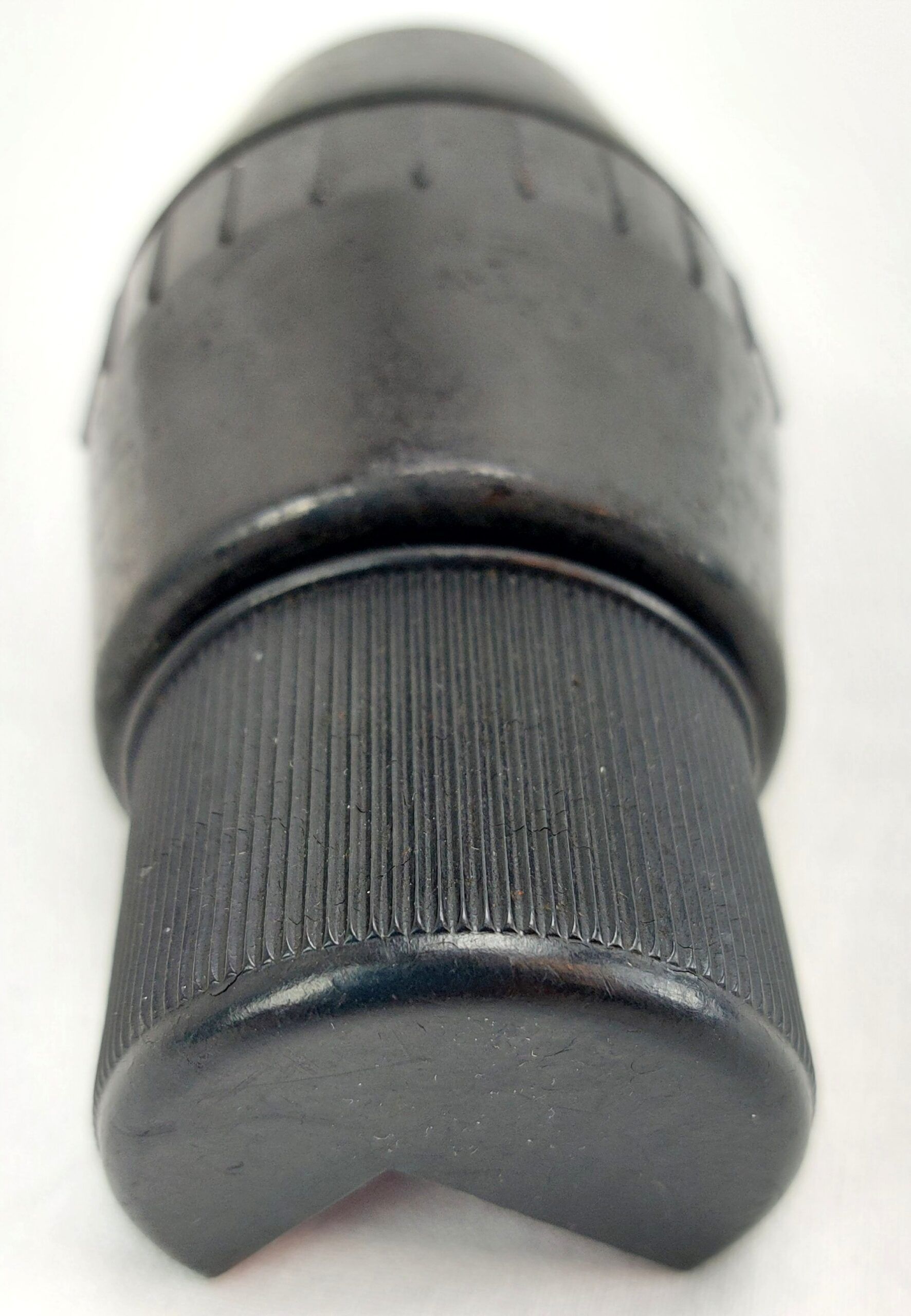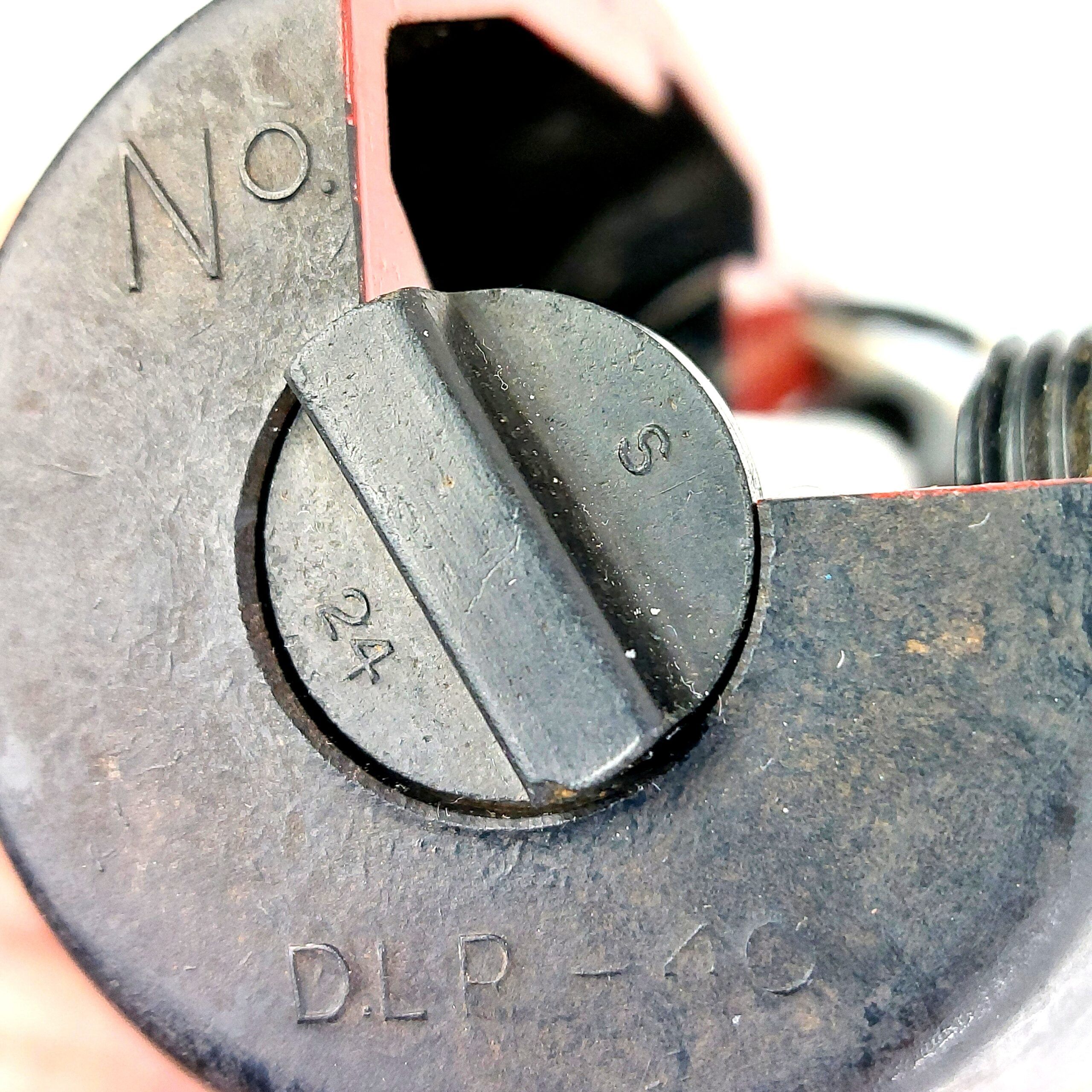British, WW2, Section No 69 Grenade
£250.00
1 in stock
Would you like to find out more about this product?
Enquire about this product
Your message was successfully sent!
Your message was sent. We will contact you shortly.
Related products
Fairey Firefly Acrylic Painting (Signed By WW2 Pilot) By Robert Bearman
£130.00
Avro York Acrylic Painting (Signed By WW2 navigator) By Robert Bearman
£95.00
Important!
*In order to complete the online purchase we will require a picture/scan of a photo ID (Driving Licence, Passport or an official document with a recent picture). If you don't posses any such document please call to buy.
If we consider that the proof of ID is incorect or insuficient, we reserve the right to cancel the transaction.
*We also reserve the right to cancel the transaction with a full refund if there is any suspicion that the provided item will be used in any way contrary to the laws and legislation of UK.


